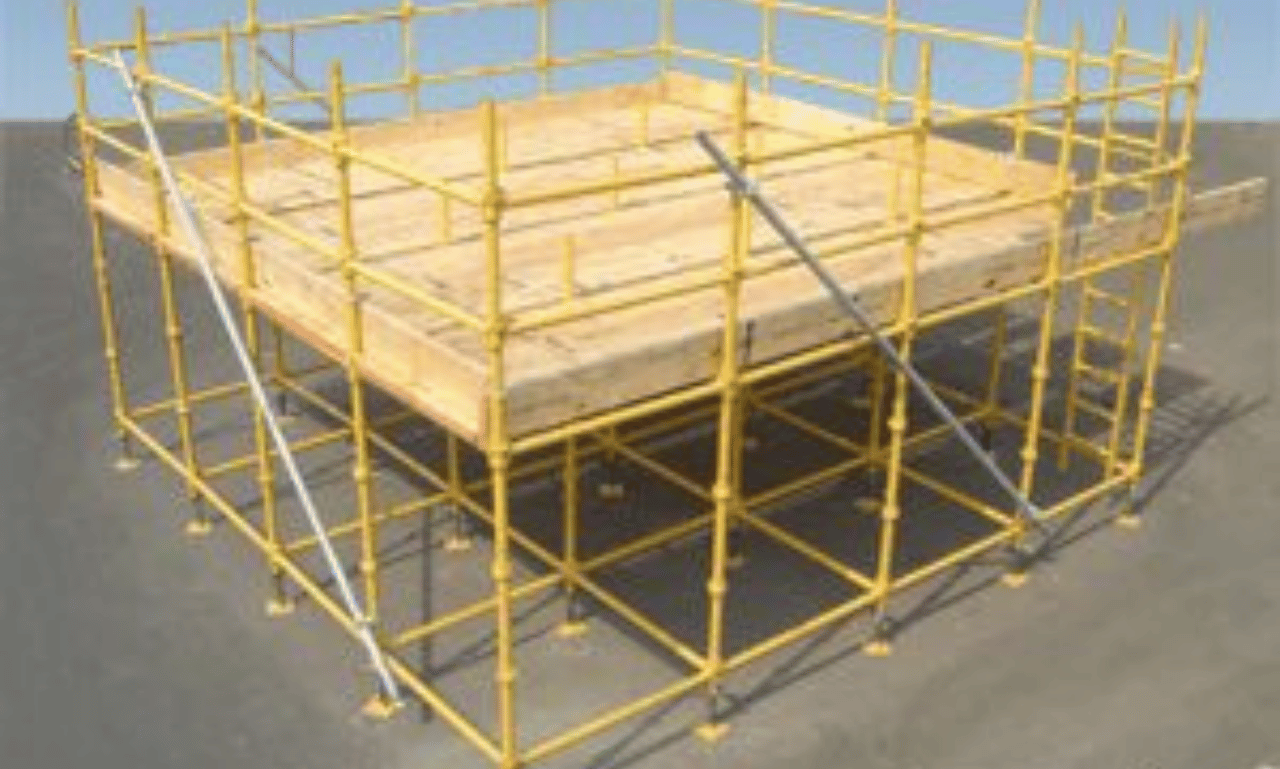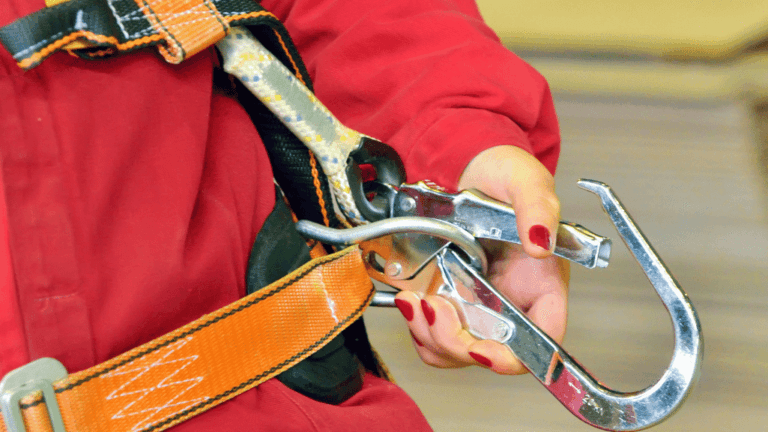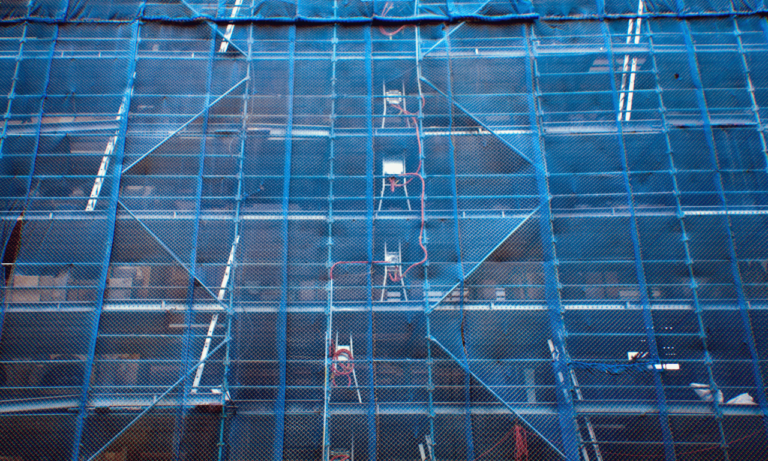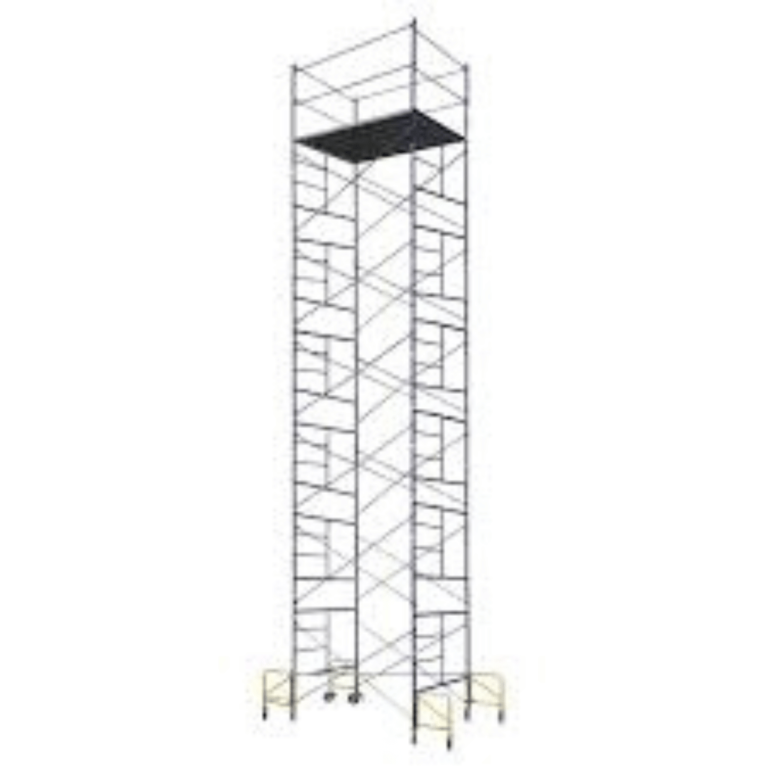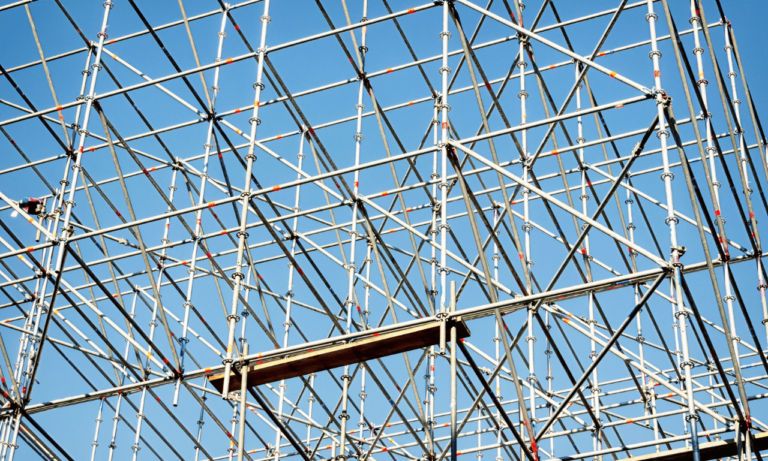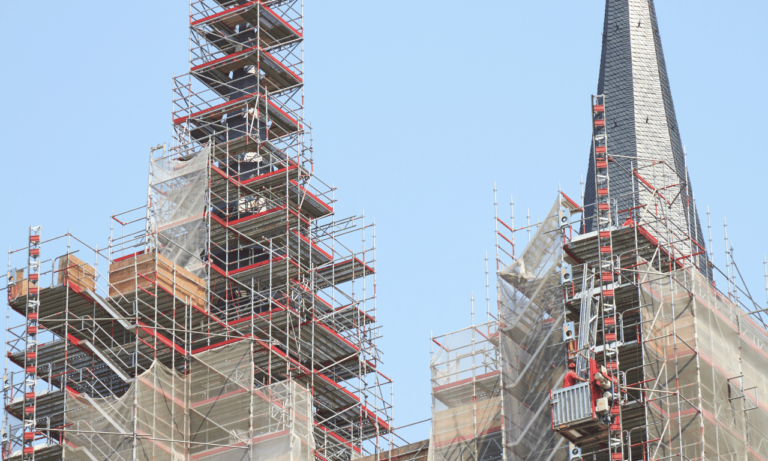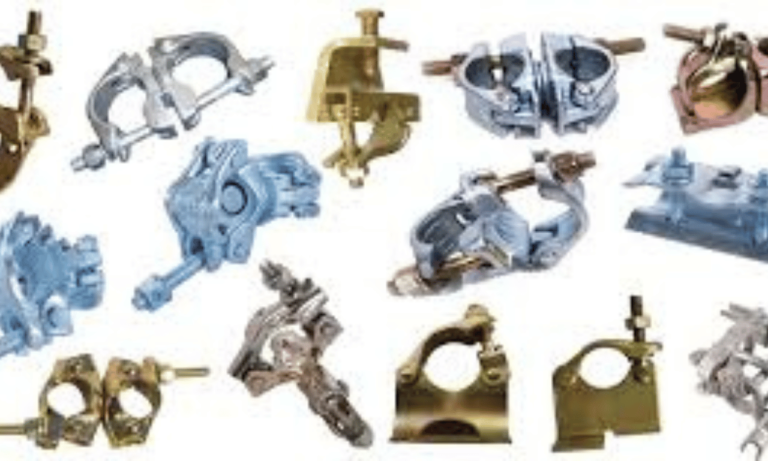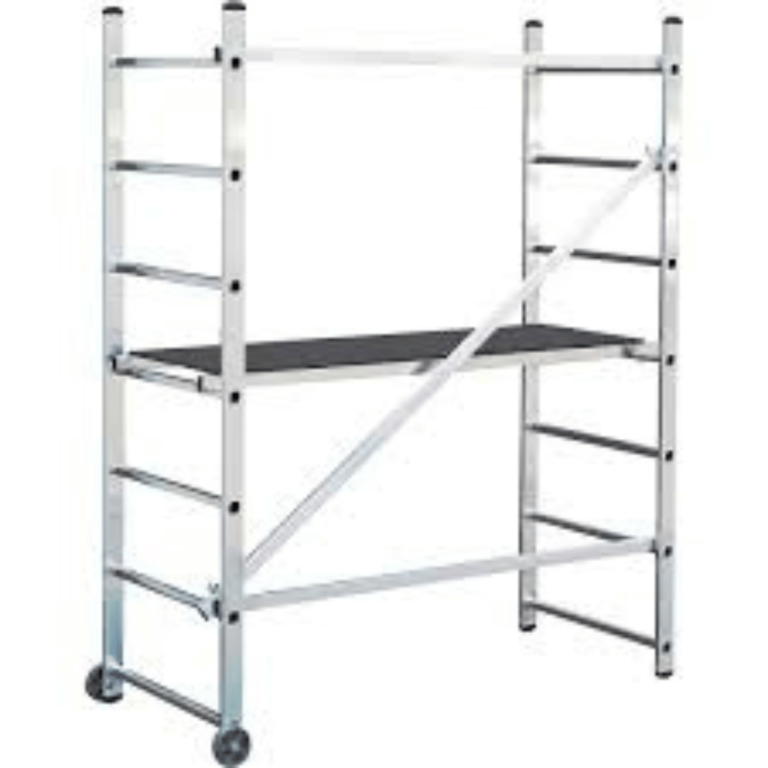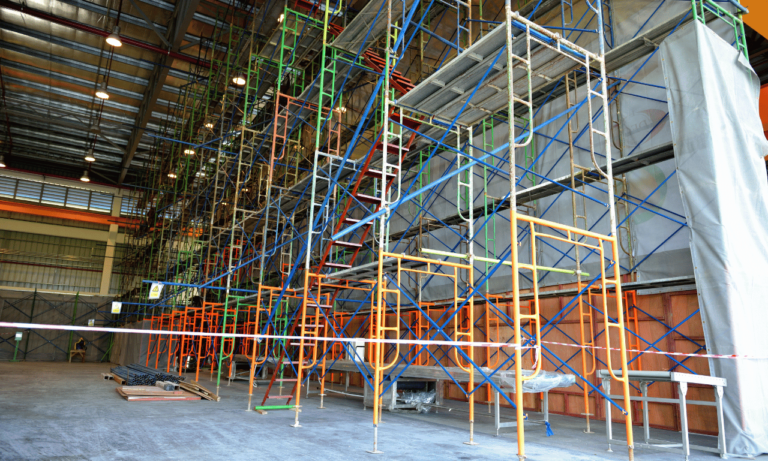Phone:
(+65)8319-0742
Birdcage scaffolding is a widely used construction scaffolding system that provides a stable and secure working platform at heights that are difficult to reach with ladders. This temporary structure is self-supporting and does not require ties or external support from buildings or structures.
Birdcage scaffolding is known for its stability, accessibility, versatility, safety features, and cost-effectiveness. It consists of vertical poles, horizontal poles, scaffold boards, cross braces, base plates, and guard rails, all working together to create a safe and efficient working environment.
Key Takeaways:
- Birdcage scaffolding provides a stable and secure working platform at heights.
- It is self-supporting and does not require external support from buildings or structures.
- Vertical poles, horizontal poles, scaffold boards, cross braces, base plates, and guard rails are the components of birdcage scaffolding.
- Birdcage scaffolding offers stability, accessibility, versatility, and safety features.
- It is cost-effective and widely used in construction and maintenance work.
What is Birdcage Scaffold?
Birdcage scaffold is a type of scaffolding that provides a temporary working platform at a height. It gets its name from its resemblance to a birdcage, with vertical and horizontal poles forming a cage-like structure around the work area. The scaffold is self-supporting and does not require external support from buildings or structures.
Birdcage scaffolds are commonly used in construction and maintenance work, particularly for tasks that require working at heights that are difficult to reach with ladders. They offer a stable and secure platform for workers to carry out various activities, such as painting or window cleaning.
One of the key features of birdcage scaffolding is its interlocking frame design. The vertical and horizontal poles fit together to create a sturdy and reliable structure. This type of scaffold is known for its stability and ability to support heavy loads, providing a safe working environment for workers.
The cage-like structure of birdcage scaffold also enhances accessibility. Workers can move freely within the scaffold, allowing them to reach different areas of the work site without obstacles or restrictions. This makes birdcage scaffolding highly versatile and suitable for a wide range of projects.
Furthermore, birdcage scaffolds are designed with safety in mind. They often include features such as guard rails to prevent falls and other accidents. With proper training and adherence to safety guidelines, workers can confidently use birdcage scaffolding to carry out their tasks efficiently and safely.
Advantages of Birdcage Scaffold:
- Provides a temporary working platform at heights
- Self-supporting scaffold that doesn’t require external support
- Interlocking frames create a cage-like structure
- Stable and secure platform for various tasks
- Offers accessibility and versatility
- Designed with safety features
Benefits of Birdcage Scaffold
Birdcage scaffold offers numerous benefits that set it apart from other types of scaffolding. Its stability, accessibility, versatility, safety features, and cost-effectiveness make it a preferred choice for construction and maintenance projects.
Stability
Birdcage scaffold provides a stable and secure working platform. It can support heavy loads, ensuring the safety of workers and allowing them to perform their tasks with confidence.
Accessibility
One of the key advantages of birdcage scaffold is its easy accessibility to the work area. It allows workers to reach heights that are difficult to access with ladders, enabling them to carry out their tasks safely and efficiently.
Versatility
Birdcage scaffold is highly versatile and can be used in various settings, both indoor and outdoor. Whether it’s construction, maintenance, painting, or window cleaning, birdcage scaffold proves to be a reliable and adaptable solution.
Safety
Safety is a top priority in any construction or maintenance project, and birdcage scaffold meets this requirement. It is equipped with safety features such as guard rails, which help prevent falls and other accidents, ensuring the well-being of workers.
Cost-effective
Birdcage scaffold is a cost-effective option compared to other types of scaffolding. It is less expensive to purchase or rent, making it a budget-friendly choice for construction companies. Additionally, it can be easily transported and assembled onsite, saving time and resources.
Overall, birdcage scaffold provides stability, accessibility, versatility, safety, and cost-effectiveness, making it an essential tool for construction and maintenance projects.
| Benefits | Explanation |
|---|---|
| Stability | Birdcage scaffold provides a stable and secure working platform, supporting heavy loads. |
| Accessibility | Workers can easily access the work area, reaching heights that are difficult to reach with ladders. |
| Versatility | Birdcage scaffold can be used in various settings, catering to diverse construction and maintenance tasks. |
| Safety | Equipped with safety features such as guard rails, birdcage scaffold helps prevent falls and accidents. |
| Cost-effectiveness | Birdcage scaffold is a more affordable option and can be easily transported and assembled onsite. |
Components of Birdcage Scaffold
Birdcage scaffolding is made up of several components that work together to form a safe and stable platform. These components include:
1. Vertical Poles
The vertical poles are the main supports of the birdcage scaffold. They are responsible for providing the structural integrity and stability of the scaffold.
2. Horizontal Poles
The horizontal poles are placed horizontally between the vertical poles. Their primary function is to provide width and support for the scaffold boards, ensuring a sturdy working platform.
3. Scaffold Boards
The scaffold boards are placed on the horizontal poles to create the working platform. They provide a flat and stable surface for workers to stand on while carrying out their tasks.
4. Cross Braces
Cross braces are diagonal braces that connect the vertical and horizontal poles. They play a crucial role in providing additional stability and strength to the birdcage scaffold.
5. Base Plates
Base plates are used to secure the vertical poles to the ground. They provide a solid foundation for the scaffold and prevent it from sinking or shifting during use.
6. Guard Rails
Guard rails are essential safety features of the birdcage scaffold. They are installed along the edges of the scaffold to prevent falls and accidents, providing an added layer of protection for workers.
All these components are crucial for the proper functioning and safety of a birdcage scaffold. By working together harmoniously, they create a secure and reliable working platform for construction and maintenance tasks.
Components of Birdcage Scaffold
| Component | Description |
|---|---|
| Vertical Poles | Main supports of the scaffold |
| Horizontal Poles | Provide width and support for scaffold boards |
| Scaffold Boards | Create the working platform |
| Cross Braces | Connect vertical and horizontal poles for stability |
| Base Plates | Secure vertical poles to the ground |
| Guard Rails | Prevent falls and accidents |
Steps to Set Up Birdcage Scaffolding
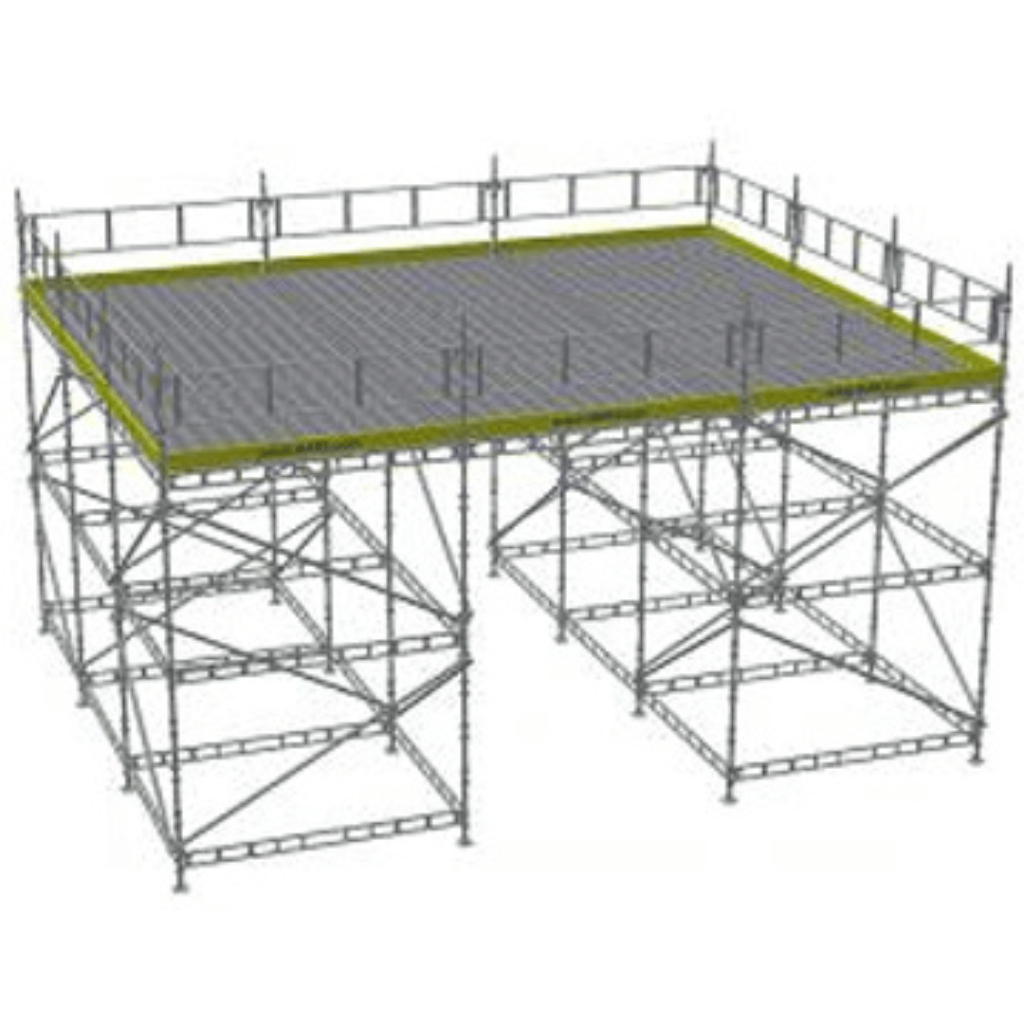
Setting up birdcage scaffolding requires careful planning and preparation. To ensure the safety and stability of the scaffold, it is important to follow these steps:
1. Assess the Work Area
Before setting up the birdcage scaffolding, assess the work area to ensure it is suitable for the scaffold. Identify any obstacles or hazards that could affect the stability or functionality of the scaffold. Remove any debris or obstructions to create a clear work area.
2. Assemble the Scaffold
Follow the manufacturer’s instructions to assemble the birdcage scaffold. Start by erecting the vertical poles, ensuring they are securely positioned. Next, install the horizontal poles and cross braces to provide stability to the scaffold. Pay attention to the proper alignment and connection of these components.
3. Install Scaffold Boards
Once the frame of the birdcage scaffold is assembled, install scaffold boards to create the working platform. Ensure that the boards are properly secured and evenly spaced to provide a stable surface for workers to stand on. Check for any loose or damaged boards and replace them if necessary.
4. Inspect the Scaffold
Before using the birdcage scaffold, it is important to thoroughly inspect it for any defects or damage. Check all components, including the vertical and horizontal poles, cross braces, and scaffold boards. Look for signs of wear, rust, or bending that could compromise the stability of the scaffold. If any issues are identified, address them before allowing workers to use the scaffold.
By following these steps, you can set up birdcage scaffolding safely and ensure a stable and secure working platform for construction and maintenance tasks.
Safety Considerations for Birdcage Scaffold
Safety is paramount when working with birdcage scaffolding, ensuring the well-being of workers and the prevention of accidents and injuries. Here are some important safety considerations to keep in mind:
1. Training
Provide comprehensive training to all workers involved in the assembly, use, and dismantling of birdcage scaffolds. Proper training ensures that workers understand the correct procedures and safety protocols for working at heights.
2. Regular Inspections
Regularly inspect birdcage scaffolds for any defects, damage, or signs of wear and tear. Inspections should be performed by qualified professionals who can identify any potential hazards and ensure the scaffold’s structural integrity.
3. Fall Protection
Implement fall protection measures to prevent falls and protect workers from injury. Use appropriate fall protection equipment such as harnesses, lanyards, and safety nets. Ensure that all workers are trained in the proper use of fall protection devices.
4. Adverse Weather Conditions
Avoid working on birdcage scaffolds during adverse weather conditions such as high winds, heavy rain, or icy surfaces. These conditions can make the platforms slippery and compromise the stability of the scaffold. Wait for favorable weather conditions before resuming work.
5. Stability and Securement
Ensure that the birdcage scaffold is properly secured and stable. Use appropriate ties, braces, and supports to prevent any movement or instability. Follow the manufacturer’s guidelines and ensure that the scaffold is set up correctly.
By adhering to these safety considerations, workers can create a safe working environment and reduce the risk of accidents or injuries. Prioritizing safety at all stages of birdcage scaffold use is crucial for the successful completion of construction and maintenance projects.
What is Birdcage Scaffolding Used For?
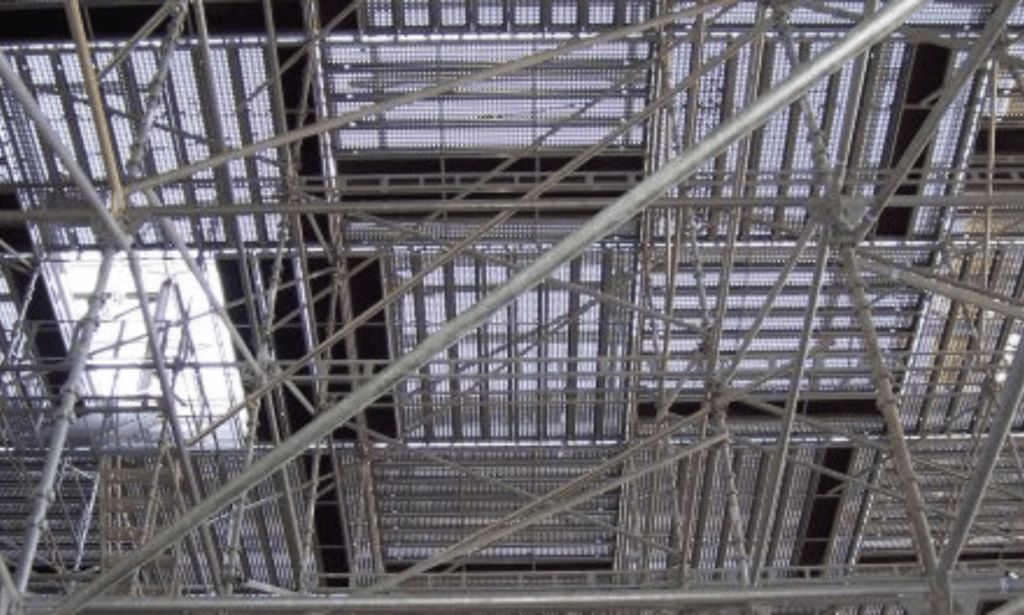
Birdcage scaffolding is widely utilized in both construction and maintenance work across various industries. Its versatile nature makes it suitable for a range of applications, providing workers with a safe and stable platform to carry out their tasks efficiently.
One common use of birdcage scaffolding is for accessing ceilings, particularly in construction projects where ladders may not be practical or safe. The scaffolding allows workers to reach elevated areas with ease, making it easier to perform tasks such as installing lights, repairing ductwork, or conducting inspections.
Additionally, birdcage scaffolding is commonly employed for tasks like painting and window cleaning. The stable platform it offers allows painters to work at heights comfortably, ensuring a quality finish. Likewise, window cleaners can access elevated windows and facades safely, enhancing the aesthetics and maintenance of buildings.
Birdcage scaffolding is not limited to specific environments, as it can be utilized both indoors and outdoors. In construction, it is often employed for building projects, renovations, and repairs. In maintenance work, it aids in the upkeep and repair of infrastructure such as bridges, stadiums, and commercial buildings.
Benefits of Birdcage Scaffolding for Construction and Maintenance:
- Provides a stable and secure working platform
- Facilitates access to ceilings and high areas
- Enables efficient painting and window cleaning
- Can be used in various settings, both indoor and outdoor
Overall, birdcage scaffolding is an invaluable tool in construction and maintenance work. Its versatility, stability, and accessibility make it essential for a wide range of tasks, ensuring that workers can operate safely and effectively at elevated heights.
Advantages of Birdcage Scaffolding
Birdcage scaffolding offers several advantages that set it apart from other types of scaffolding. Its unique features make it a popular choice for construction and maintenance projects. Let’s explore the advantages of using birdcage scaffolding:
1. Stable Platform
One of the key advantages of birdcage scaffolding is its ability to provide a stable platform for workers to perform their tasks. The interlocking frames and well-designed structure ensure stability, allowing workers to work confidently at various heights.
2. Efficient and Easy Access
Birdcage scaffolding enables efficient and easy access to different areas of a construction site or a maintenance project. Its cage-like structure allows workers to move freely within the scaffold, reaching inaccessible places with ease, increasing productivity and minimizing downtime.
3. Durable Construction
Birdcage scaffolding is built to withstand heavy loads and the rigors of construction work. It is made from high-quality materials, providing durability and longevity. This ensures that the scaffold remains sturdy and reliable, even in demanding work environments.
4. Easy Installation and Dismantling
Another advantage of birdcage scaffolding is its easy installation and dismantling process. The system is designed for quick assembly, reducing downtime and labor costs. The efficient design also allows for easy dismantling, making it convenient for moving the scaffold from one site to another.
With its stable platform, efficient access, durability, and easy installation, birdcage scaffolding proves to be a reliable and practical choice for construction and maintenance projects.
| Advantages of Birdcage Scaffolding |
|---|
| Stable Platform |
| Efficient and Easy Access |
| Durable Construction |
| Easy Installation and Dismantling |
Measurement and Design of Birdcage Scaffold
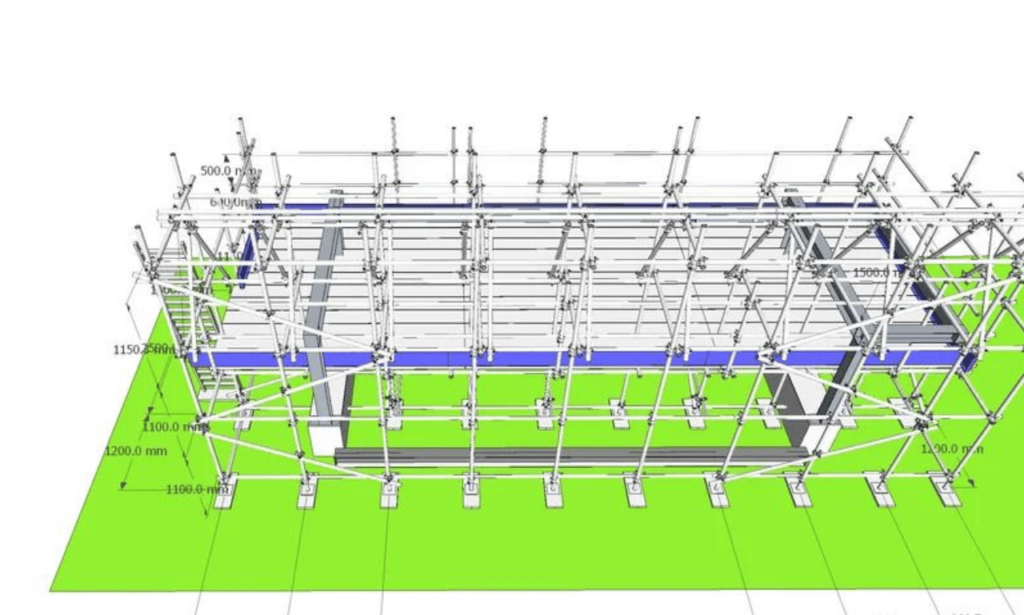
Birdcage scaffolds are available in various measurements and designs to suit different construction and maintenance needs. The standard height of the scaffold should not exceed 2.5 meters in each direction, ensuring a safe working environment.
For easy access beneath the scaffold, the first lift is usually set at a height of up to 2.5 meters. This provides sufficient clearance for workers to perform their tasks comfortably.
The working lift of the birdcage scaffold includes only one operational lift, which should not exceed a load capacity of 0.75 kN/m². This ensures that the scaffold can support the weight of workers and any materials or equipment necessary for the job.
The width of the edge bays in the birdcage scaffold can be adjusted to accommodate three, four, or five scaffold boards, depending on the specific access requirements of the project. More boards may be added to create a wider working platform when needed.
When designing a birdcage scaffold, the size and load capacity should be carefully considered to ensure the scaffold can safely support the required weight and accommodate the workers’ needs. This involves selecting the appropriate measurements, lift heights, and load capacities based on the specific job requirements.
Key Features of Birdcage Scaffold
Birdcage scaffolding offers a range of key features that make it an excellent choice for construction and maintenance projects. Its independent scaffold design sets it apart from other types of scaffolding, as it does not rely on support from buildings or structures. This feature allows for greater flexibility in project planning and execution, as the scaffold can be positioned in various locations without constraint.
One of the standout features of birdcage scaffold is its adjustability. With the ability to customize the scaffold to fit different access requirements, it offers versatility and adaptability on the job site. Whether it is a ceiling installation, painting project, or window cleaning, birdcage scaffold can be configured to provide the best platform for the task at hand.
Safety is of utmost importance in any construction environment, and birdcage scaffold delivers in this aspect as well. It comes equipped with safety features such as guard rails to prevent falls and accidents, ensuring a secure working environment for workers. The scaffold’s stability and sturdy construction further contribute to a safer work platform.
Another advantage of birdcage scaffold is its ease of assembly. The scaffold components can be quickly and easily assembled, saving valuable time on the job site. This feature is particularly beneficial in projects with tight schedules or when swift assembly is required.
Overall, the key features of birdcage scaffold – its independent scaffold design, adjustability, versatility, safety features, and ease of assembly – make it a popular choice for various construction and maintenance projects. Its ability to provide a stable and secure working platform while offering customization and ease of use sets it apart as a reliable and efficient scaffolding solution.
Importance of Safe Scaffold Erection and Use
Safe scaffold erection and use are crucial for maintaining the well-being of workers and ensuring the successful completion of projects. By implementing a comprehensive policy and work rules, the entire process of selection, erection, use, alteration, and dismantling of birdcage scaffolding can be guided effectively. Additionally, providing proper training to workers is essential to ensure they understand the correct use and safety procedures associated with birdcage scaffolding.
By prioritizing safe scaffold erection and use, the risk of accidents and injuries can be significantly minimized. An organized and well-developed policy specifically tailored to the requirements and guidelines relevant to the use of birdcage scaffold is crucial for safe and efficient operations. Work rules should be thoroughly communicated to all involved parties to ensure smooth coordination and adherence to safety protocols.
Training programs should be designed to educate workers on all aspects of birdcage scaffold usage, including safe erection, proper use, maintenance, and dismantling. This training should emphasize the importance of following safety guidelines and using protective equipment correctly. By equipping workers with the necessary knowledge and skills, the likelihood of accidents and injuries can be greatly reduced.
Implementing a culture of safety and providing comprehensive training on birdcage scaffold usage is a collective responsibility that requires the participation and cooperation of everyone involved in the project. Regular inspections and maintenance of the scaffold should also be carried out to identify and address any safety concerns promptly.
Remember, the proper erection and use of birdcage scaffolding is essential for creating a safe working environment and mitigating risks. By following established policies, work rules, and training programs, workers can confidently operate within the scaffolding system, ensuring their safety and contributing to the successful completion of construction and maintenance projects.
Conclusion
Birdcage scaffolding is a critical tool in the construction and maintenance industry, providing safety, stability, easy access, and versatility for workers. Its self-supporting structure eliminates the need for external support, ensuring a secure and stable platform at heights that are difficult to reach with ladders. By following proper safety procedures and guidelines, workers can create a safe and efficient working environment.
With its ability to support heavy loads, birdcage scaffolding offers stability, allowing workers to perform their tasks with confidence. Its easy accessibility enables workers to carry out their duties safely and efficiently, while its versatility makes it suitable for various indoor and outdoor settings. Whether it’s for painting, window cleaning, or accessing ceilings, birdcage scaffolding provides a reliable solution.
As a cost-effective option, birdcage scaffolding saves both time and money. Its ease of assembly and dismantling makes it convenient for construction and maintenance projects. By prioritizing safety, stability, access, and versatility, birdcage scaffolding ensures the successful completion of projects without compromising the well-being of workers.
FAQ
What is birdcage scaffolding?
Birdcage scaffolding is a type of scaffolding system that provides a temporary working platform at heights. It consists of vertical and horizontal poles that form a cage-like structure around the work area.
What are the benefits of birdcage scaffolding?
Birdcage scaffolding offers stability, accessibility, versatility, and safety features. It provides a secure and sturdy working platform, easy access to heights, can be used in various settings, and is cost-effective.
What are the components of birdcage scaffolding?
The components of birdcage scaffolding include vertical poles, horizontal poles, scaffold boards, cross braces, base plates, and guard rails. These components work together to create a safe and stable platform.
How do you set up birdcage scaffolding?
To set up birdcage scaffolding, you need to assess the work area, assemble the scaffold following the manufacturer’s instructions, install scaffold boards, and inspect the scaffold for safety and stability.
What safety considerations should be taken into account for birdcage scaffolding?
Safety precautions for birdcage scaffolding include providing training to workers, conducting regular inspections, using fall protection equipment, and avoiding adverse weather conditions.
What is birdcage scaffolding used for?
Birdcage scaffolding is commonly used in construction and maintenance work. It is especially useful for accessing heights that are difficult to reach with ladders and for tasks such as painting or window cleaning.
What are the advantages of birdcage scaffolding?
Birdcage scaffolding offers a stable platform, easy access to various heights, versatility for different settings, and durability to support heavy loads. It is also easy to install and dismantle.
What are the measurements and design of birdcage scaffolding?
The standard height of a birdcage scaffold should not exceed 2.5 meters in each direction. The first lift is typically up to 2.5 meters for access beneath the scaffold. The width of the edge bays can be adjusted based on specific access requirements.
What are the key features of birdcage scaffolding?
Birdcage scaffolding is an independent scaffold that does not need external support. It offers adjustability, versatility, safety features such as guard rails, and ease of assembly.
Why is safe scaffold erection and use important?
Safe scaffold erection and use are crucial to ensure the well-being of workers and the successful completion of projects. Proper training, policies, and work rules should be in place to guide the selection, erection, use, alteration, and dismantling of scaffolding.
What is the conclusion about birdcage scaffolding?
Birdcage scaffolding provides a safe and efficient temporary working platform in construction and maintenance work. It offers stability, access, versatility, and safety features, making it an essential tool for various projects.

